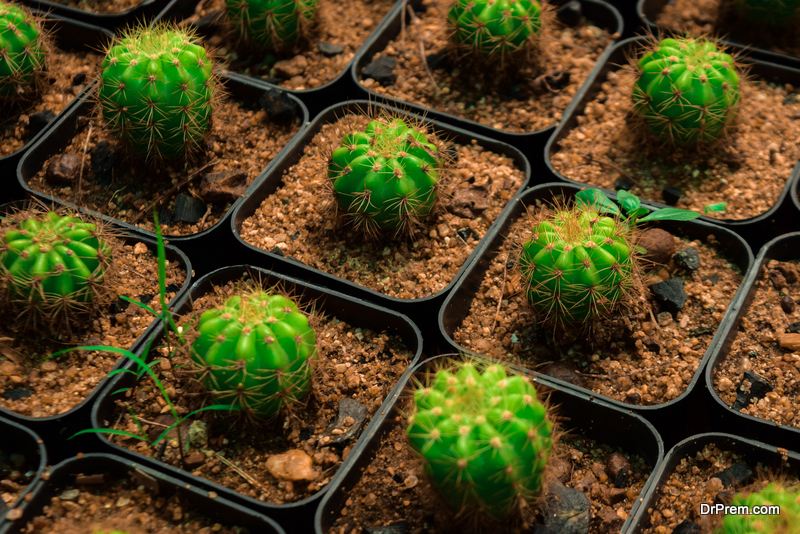Looking after houseplants is a process with plenty of trials and tribulations to overcome, as well as rewards to reap when done right.
The good news is that you can actually store indoor plants in a greenhouse with grow room controller, so they do not necessarily need to take up space around the home.
If you do decide to use a greenhouse as a refuge for your favorite foliage, here are some tips to ensure they stay happy and healthy in this environment.
1. Provide enough lighting

Greenhouses are generally good at creating warmth during the day, as well as allowing lots of light in to help houseplants grow.
However, if your greenhouse is not positioned ideally, or if there are not enough hours of daylight during certain times of the year, then you might need to take extra steps.
For example, you can invest in artificial lighting which is designed to allow plant life to photosynthesize. Many of these solutions are modular, and multiple grow light bars can be daisy chained, so no matter the size of your greenhouse there should be a solution out there to suit it.
One thing to bear in mind about using lights in your greenhouse is that these radiate heat, and will contribute to a higher temperature within the structure as a result. Keep an eye on this so that you do not end up pushing the plants out of their comfort zones.
2. Ensure the plants you choose are evolved to thrive in a greenhouse
Not every type of indoor plant will be better off in a greenhouse, and indeed some might be outright at risk if you place them in this type of structure.
If in doubt, checking on the type of leaves that a plant features will give you a rough idea about their suitability.
It is all about working out whether or not the plant will like the hot, humid interior of a greenhouse. Those with larger, thinner leaves are usually in this category, while those with thicker, waxier leaves will normally prefer drier settings.
3. Add compost to give plants enough nutrients

Indoor plants which are potted up on their own, rather than being planted in the ground where nutrients from the soil are replenished through natural cycles, need a bit more care and attention.
If you have a home compost setup, you can use this to top up the pots in your greenhouse and restore any of the health-giving elements that the plant has used up over time. Doing this once or twice a year is a sensible step, although this obviously depends on the plant in question.
4. Avoid over-watering
Indoor plants are especially sensitive to the amount of water they receive, and a greenhouse creates a scenario in which you will need to be entirely responsible for supplying enough moisture for them to flourish.
Once again, different plants need different amounts of watering, but in general it is better to be sparing rather than over-zealous. Too much moisture can cause indoor plants to rot, and there is little chance of rescuing them once this starts.
The reality of keeping indoor plants in greenhouses is that you will still need to give them care and attention on a regular basis, even if this type of structure can alleviate some of the strains of ownership and maintenance over time.
The most important thing is to do your research and read as much as you can about the plants you pick, so that you are armed with the information needed to sustain them for as long as possible.
Article Submitted By Community Writer




